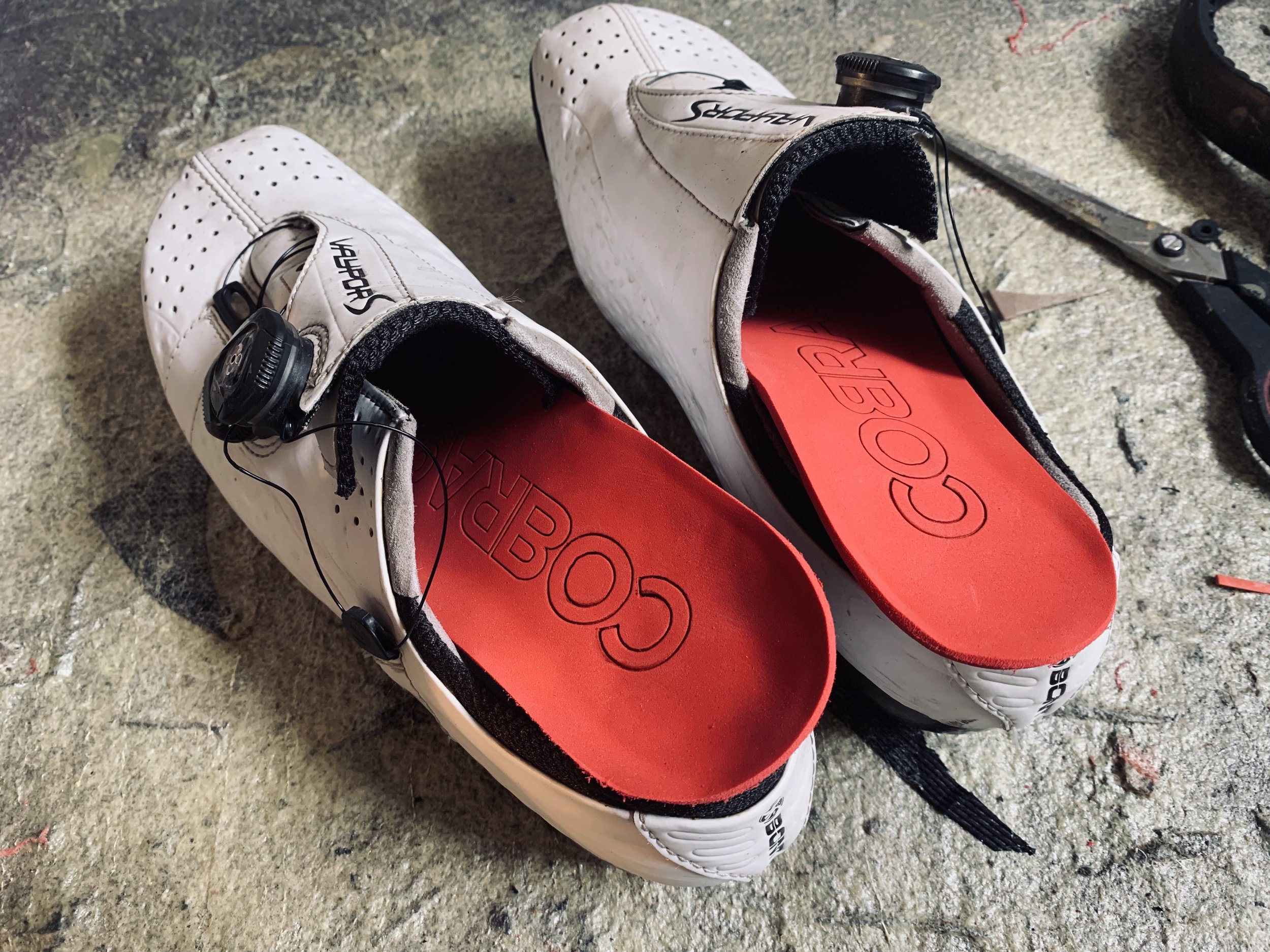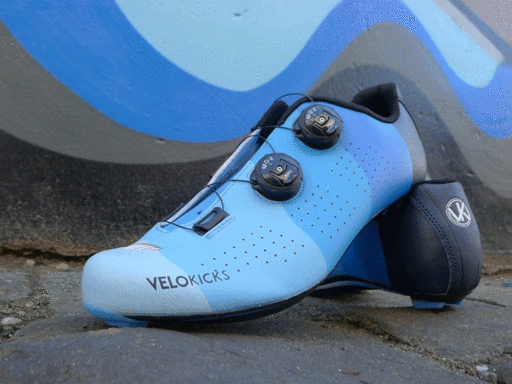We have all heard our friends describe the hot spots on their feet while cycling. They are the bane of any cyclist’s existence. What are they though and what causes them? Let’s run through a few of the most common causes for cycling hot spots and how we treat them here at The Pedaler.
The most frequent cause of hot spots when we ride is ill fitting cycling shoes. When our feet are compressed, especially in the forefoot, the interdigital nerves fire up and send signals of burning and numbness to our brains (often at the same time - the amazing power of our nervous system). Once this has been set off, it takes a little while for it to settle down post ride. Unfortunately once triggered, the discomfort normally returns more quickly each time you try to ride further. There are those amongst us who are unlucky and the size and location of their interdigital nerves and metatarsals leave them more prone to this problem than most. The simple solution is wider fitting cycling shoes such as Lake or wide fitting Bonts. Wider cycling shoes may delay the onset of the burning or solve the problem all together.
Bont Vaypor S with Cobra9 Pros
The second most frequent cause of hot spots and burning feet while cycling is pressure points. When we ride, we squish our feet into our carbon or plastic soled shoes 90 times per minute for 2 to 3 hours at a time. All it takes is a little more load on a particular portion of the sole of the foot to create a region of pain. Some feet have more protuberances or shape issues than others. If you aren’t sure whether this is your problem, then you probably need to chat to a good cycling podiatrist at The Pedaler. Our practitioners can normally determine whether there is an issue, and whether we can distribute the load to an alternate location. This can normally be achieved with a quality insole like the Cobra9 cycling orthotics we use.
Another common reason for burning feet while cycling is load management. If you increase your distances too quickly then your tissue will not have the necessary time required to adapt and better manage the pressure. If we increase our riding gradually, our feet handle the load on them better. If we increase the load quickly or violently, then we will likely encounter problems. The soles of our feet are a network of blood vessels, nerves, skin, connective tissue and a little fat and when we squeeze them against the pedals it creates micro trauma. A little of this is good for adaptation. Too much is painful and leads to longer term issues.
The above are only a few of the reasons your feet might feel like they are burning while cycling. Others include underlying pathologies (CMT, Raynaud’s, arthritis etc), poor pedaling technique, poor cleat orientation and location, incorrect bike fit and many more. With so many reasons for hot feet, creating one solution for them all is too simplistic. Certainly organizing wider shoes for those with tight fitting shoes is a great start. If you are unsure as to why your feet burn when you ride, maybe now is the time to drop in.






